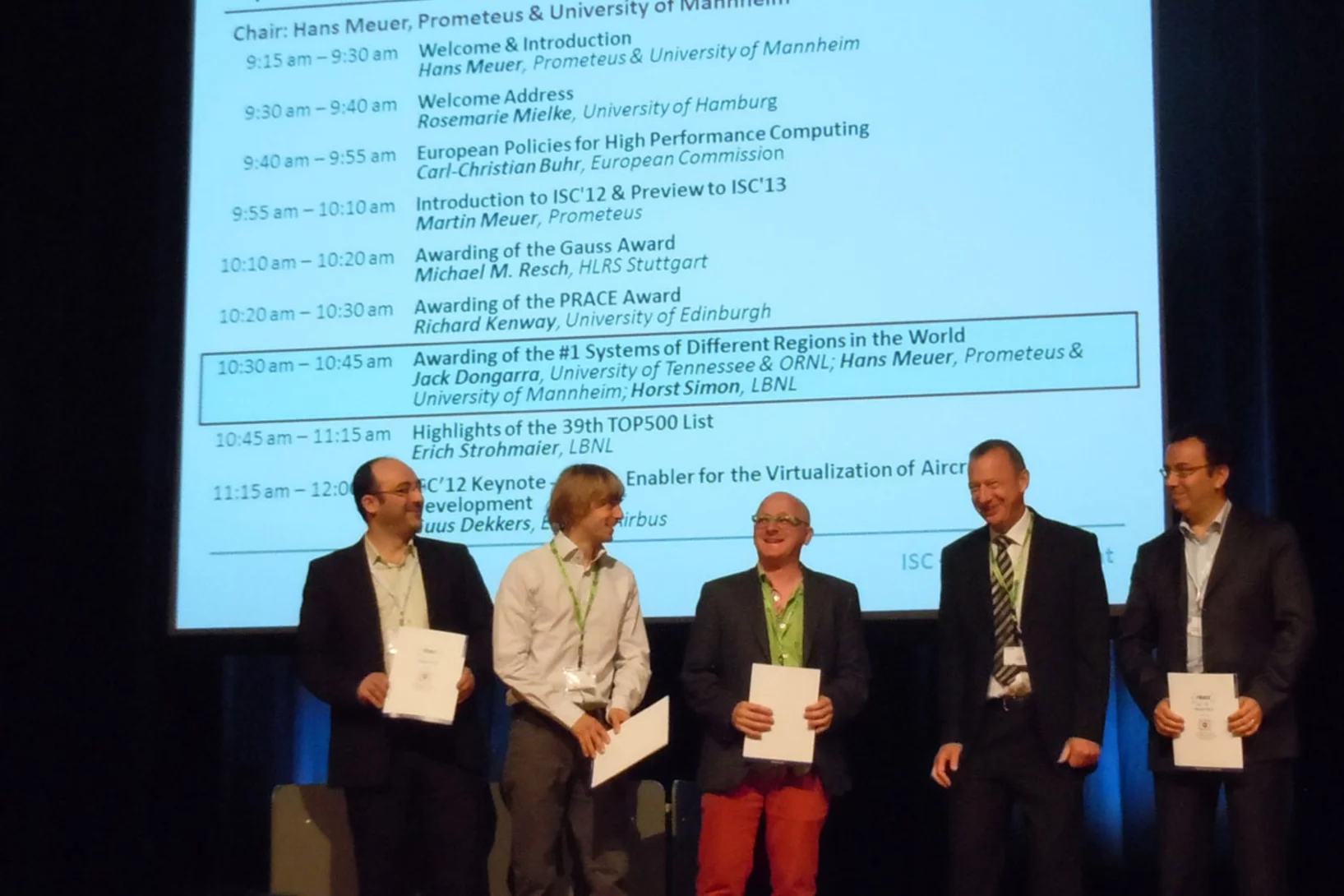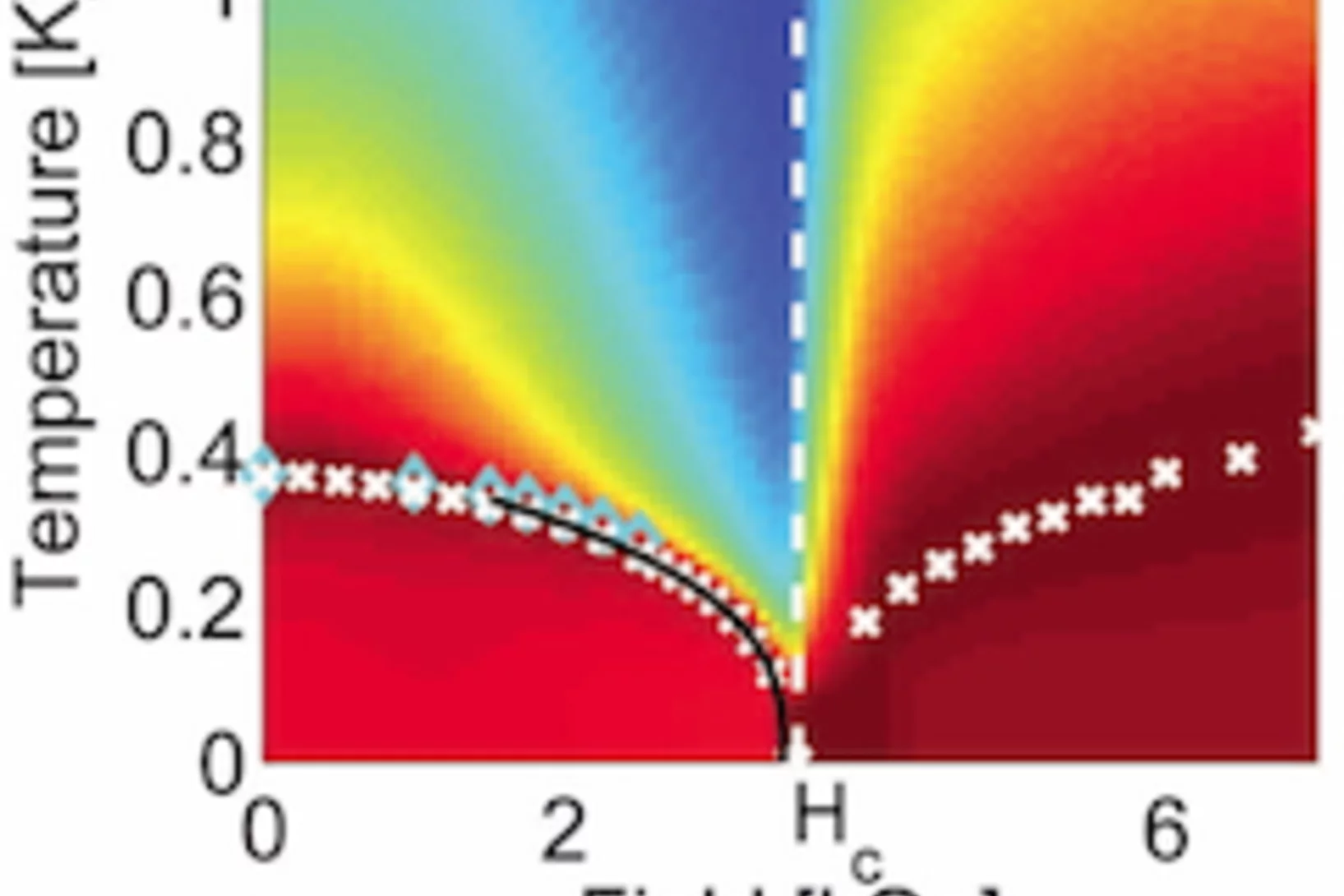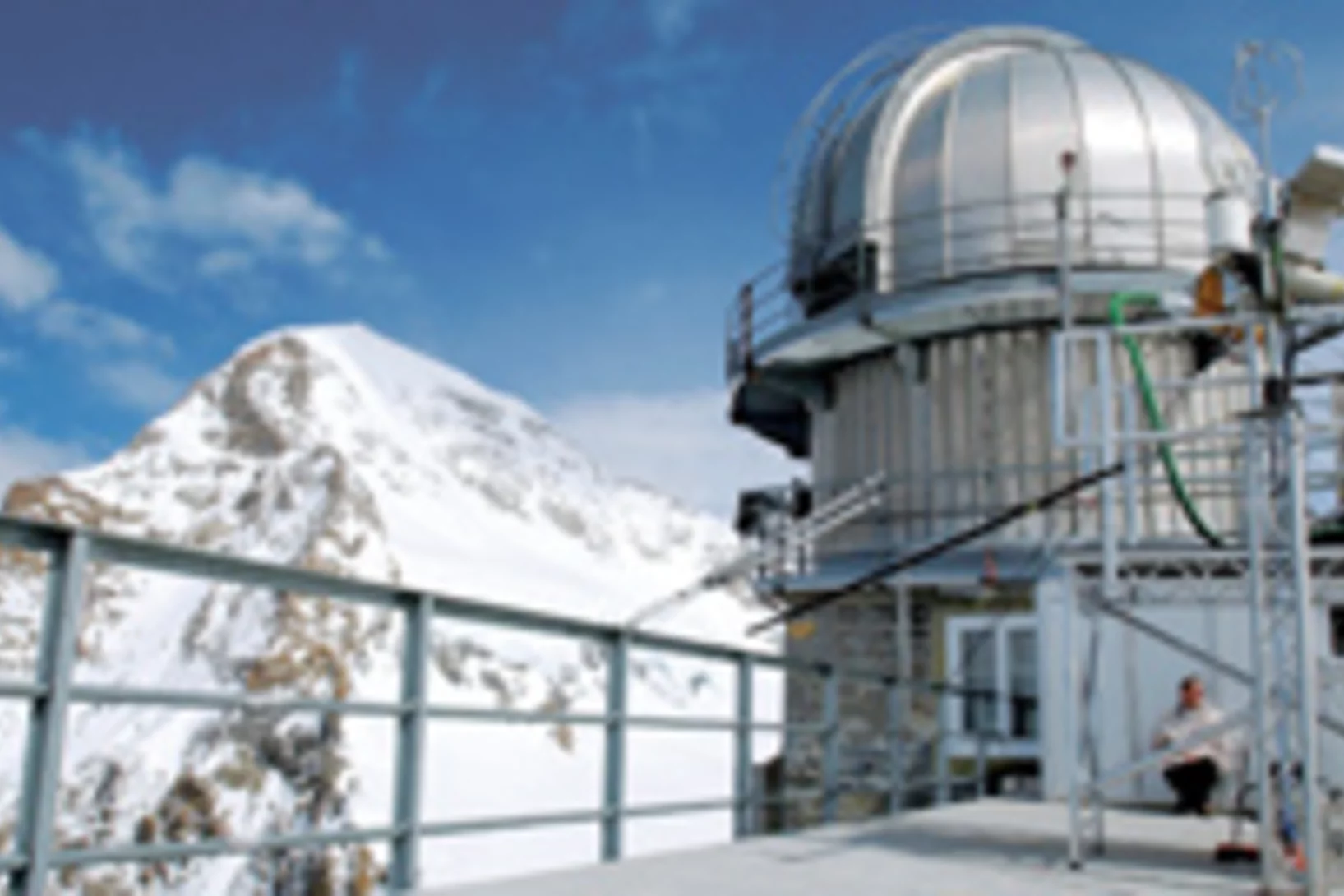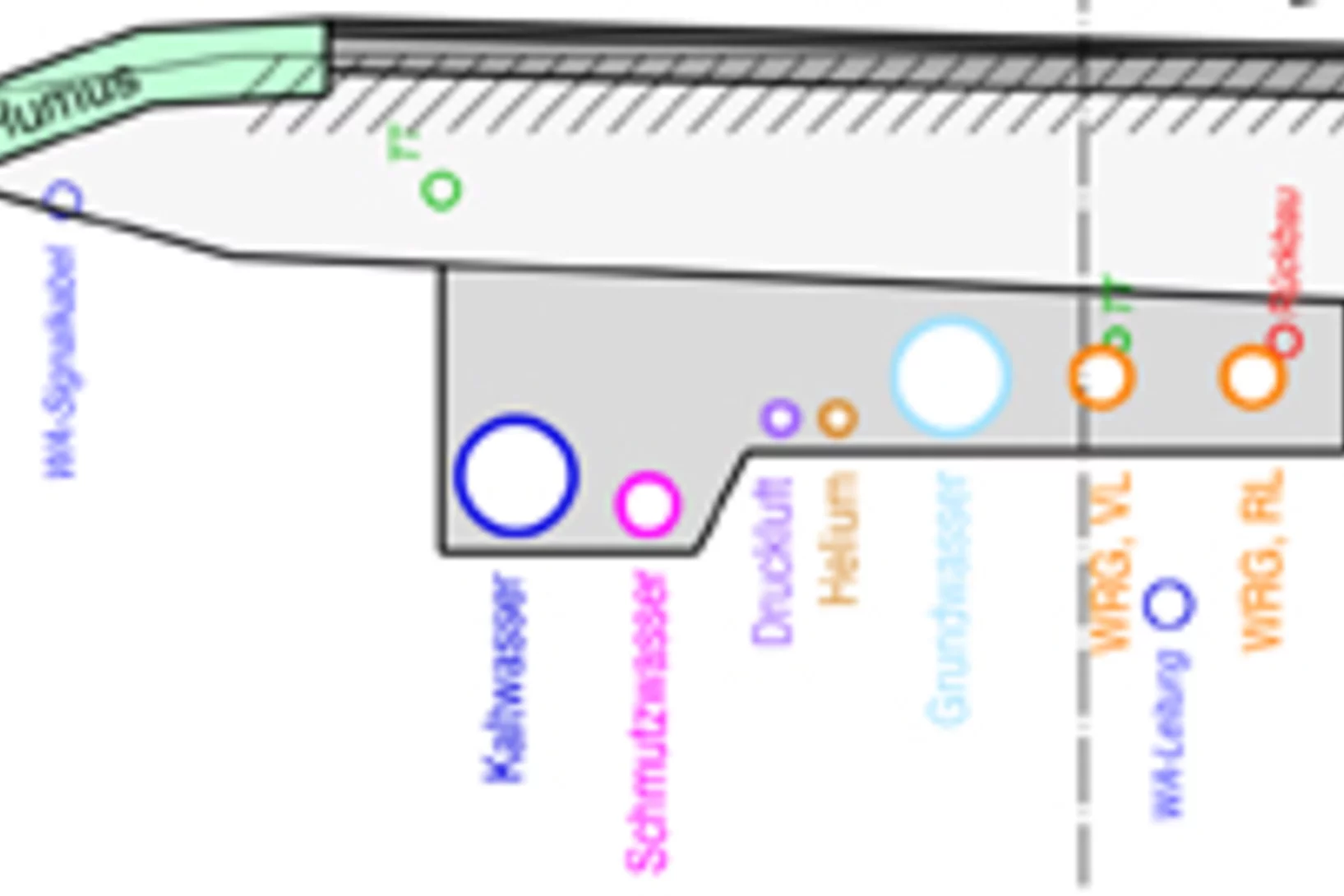Abandon de l’énergie nucléaire, développement de l’énergie solaire et éolienne, production d’énergie à partir de la biomasse, réduction de la consommation d’énergie. D’ici 2050, la Suisse doit atteindre la neutralité climatique. Un objectif ambitieux, rendu plus urgent que jamais par une situation géopolitique de plus en plus difficile. Comment faire pour mettre en place ces prochaines années un approvisionnement énergétique durable et résistant pour la Suisse? Comment les énergies renouvelables peuvent-elles être utilisées de manière optimale? Quelles sont les nouvelles technologies les plus prometteuses? Au PSI, des chercheurs s’efforcent de trouver des réponses à ces questions décisives.
L’origine de nos dents du point de vue de l’évolution
Jusqu’à présent, la question de savoir si les premiers vertébrés possédant une mâchoire avaient des dents ou non était sujette à controverse. Mais une équipe de chercheurs internationaux a récemment démontré que le poisson Compagopiscis, un des premiers poissons ayant vécu sur Terre, en possédait. Cela permet d’en déduire que dans l’évolution, les dents sont apparues conjointement avec la mâchoire, ou du moins peu après. Le projet s’est fait sous la direction des chercheurs de l’Université de Bristol (Angleterre), les recherches décisives ont été réalisées au SLS.
X-rays provide insights into volcanic processes
Experiments performed at the Paul Scherrer Institute (PSI) investigate processes inside volcanic materials that determine whether a volcano will erupt violently or mildly.
Röntgenlicht liefert Einblicke in die Ursachen von Vulkanausbrüchen
Experimente am Paul Scherrer Institut bieten Einblicke in Vorgänge in vulkanischen Materialien, die darüber entscheiden wie heftig ein Vulkan ausbricht. Dabei haben Forschende ein Stück vulkanisches Material so aufgeheizt, dass darin Bedingungen entstanden, wie sie am Beginn eines Vulkanausbruchs herrschen. Sie nutzten dann Röntgenlicht aus der SLS, um in Echtzeit zu verfolgen, was in dem Gestein passiert, während es schmilzt.Cette actualité n'existe qu'en anglais et allemand.Sur le site web de l’Université McGill une présentation est disponible en français :Mieux comprendre les éruptions volcaniques
Nobelpreiswürdig: G-Protein-gekoppelte Rezeptoren
Der Nobelpreis für Chemie geht in diesem Jahr an Robert J. Lefkowitz und Brian K. Kobilka. Sie haben herausgefunden, wie eine Familie von Rezeptoren funktioniert, die man G-Protein-gekoppelte Rezeptoren (GPCR) nennt. Auch am PSI leisten Wissenschaftler Beiträge auf diesem Forschungsgebiet.Cette actualité n'existe qu'en allemand.
Silizium – fast zum Zerreissen verspannt
Zieht man ein Stück Silizium auseinander, erzeugt man in dessen Inneren eine mechanische Spannung, die die elektronischen Eigenschaften des Materials deutlich verbessern kann. Forscher des Paul Scherrer Instituts und der ETH Zürich haben mit einem neuen Verfahren in einer Siliziumschicht extrem verspannte Nanodrähte erzeugt. Für ein Material, das als Grundlage für Elektronikbauteile dienen kann, wurde dabei die bislang höchste mechanische Spannung gemessen. Ziel ist es, auf Basis solcher Drähte leistungsfähige Transistoren für Mikroprozessoren herzustellen.Cette actualité n'existe qu'en allemand.
Les lasers au germanium pourraient rendre les puces informatiques plus rapides
Des chercheurs de l’Institut Paul Scherrer ont cherché à savoir comment faire pour que le germanium, ce matériau semi-conducteur, puisse envoyer de la lumière laser. Comme matériau laser, le germanium, tout comme le silicium, pourrait être la base de puces informatiques d’un nouveau genre, qui transmettraient les informations sous forme de lumière. Cette technologie permettrait de révolutionner le flux de données sur les puces, et donc faire avancer la puissance des systèmes électroniques.
Nouvelles découvertes sur les matériaux supraconducteurs
Une nouvelle méthode spectroscopique permet de commencer à comprendre les propriétés magnétiques de couches ultrafines d’un matériau formant la base de certains supraconducteurs à haute température. Cette méthode a permis de constater que les propriétés magnétiques des couches de ce matériau, de l’épaisseur d’un atome, se distinguent très peu de celles des échantillons macroscopiques. Cela pourrait permettre, à l’avenir, d’étudier les processus à l’uvre dans des matériaux supraconducteurs extrêmement fins et contribuer ainsi à la compréhension du phénomène de la supraconductivité à haute température.
Erschliessungsarbeiten für den SwissFEL starten
Am 3. September 2012 starten die Erschliessungsarbeiten zur neuen Grossforschungsanlage SwissFEL des Paul Scherrer Instituts. Mit ihnen wird die für den SwissFEL notwendige Anbindung an die vorhandene PSI-Infrastruktur hergestellt.
New Insights into Superconducting Materials
An American-Swiss research team has used a new X-ray technique at Swiss Light Source (SLS) of the Paul Scherrer Institute (PSI) to investigate the magnetic properties of atomically thin layers of a parent compound of a high-temperature superconductor. It turns out that the magnetic properties of such thin films differ by only a surprisingly small degree from those of macroscopically thick samples.
Power-Law Spin Correlations in the Pyrochlore Antiferromagnet Tb2Ti2O7
Spin correlations with power-law decay are usually associated with a critical point, but stable phases with power-law correlations may exist in frustrated magnets. Such phases are interesting, because they represent model materials where short-range interactions and local constraints lead to emergent symmetries and fractional quasiparticles.
ERC Grant for the development of a new imaging method with high potential clinical impact
Marco Stampanoni, Assistant Professor for X-ray microscopy at the ETH Zürich and Head of the 'X-ray Tomography Group' of the SLS has been recently awarded one of the coveted European Research Council (ERC) Starting Grant for the project PhaseX: 'Phase contrast X-ray imaging for medicine'. Marco Stampanoni's project will be supported by the ERC with 1.5 million euros for the next 5 years. The highly competitive ERC Starting Grants are reserved for outstanding young research talents.
Two types of adjacent dimer layers in the low temperature phase of BaCuSi2O6
The interest in BaCuSi2O6 is motivated by its extraordinary phase diagram with field-induced Bose-Einstein condensation. Being a quantum paramagnet at zero magnetic field down to the lowest temperatures, the system displays a quantum phase transition into a magnetically ordered state at the critical value of magnetic field of ~23.5 T.
Three-Dimensional Electron Realm in Crystalline Solids Revealed with Soft-X-Rays
The electronic band structure E(k) as energy E of the electrons depending on its wavevector k is the cornerstone concept of the quantum solid state theory. The main experimental method to investigate E(k) is the angle-resolved photoelectron spectroscopy (ARPES). However, a small photoelectron escape depth of a few Å largely restricts the applications of ARPES to two-dimensonal crystals.
Laser-Induced Forward Transfer for the Fabrication of Devices
In conjunction with the increasing availability of cost-efficient laser units during the recent years, laser-based micromachining techniques have been developed as an indispensable industrial instrument of ‘‘tool-free’’ high-precision manufacturing techniques for the production of miniaturized devices made of nearly every type of materials. Laser cutting and drilling, as well as surface etching, have grown meanwhile to mature standard methods in laser micromachining applications where a well-defined laser beam is used to remove material by laser ablation. As an accurately triggerable nonmechanical tool, the ablating laser beam directly allows a subtractive direct-write engraving of precise microscopic structure patterns on surfaces, such as microchannels, grooves, and well arrays, as well as for security features. Therefore, laser direct-write (LDW) techniques imply originally a controlled material ablation to create a patterned surface with spatially resolved three-dimensional structures, and gained importance as an alternative to complementary photolithographic wet-etch processes. However, with more extended setups, LDW techniques can also be utilized to deposit laterally resolved micropatterns on surfaces, which allows, in a general sense, for the laser-assisted ‘‘printing’’ of materials.
Supported gold as catalyst for the decomposition of ammonia precursors in the selective catalytic reduction of NOx
Titanium dioxide-supported gold was found to catalyze the hydrolysis of formate-based ammonia precursor compounds which are proposed for the selective catalytic reduction of nitrogen oxides (NOx) in combustion exhaust gas. In contrast to other noble metals, the supported gold does not oxidize the released NH3, while it maintains decomposition of intermediate formic acid.
Supported gold as catalyst for the decomposition of ammonia precursors in the selective catalytic reduction of NOx
Titaniumdioxide supported gold was found to catalyze the hydrolysis of formate-based ammonia precursor compounds which are proposed for the selective catalytic reduction of nitrogen oxides (NOx) in combustion exhaust gas. In contrast to other noble metals, the supported gold does not oxidize the released NH3, while it maintains decomposition of intermediate formic acid.
Ultra-short X-ray laser pulses precisely surveyed for the first time
X-ray lasers belong to a modern generation of light sources from which scientists in widely different disciplines expect to obtain new knowledge about the structure and function of materials at the atomic level. On the basis of this new knowledge, it could then be possible one day to develop better medicines, more powerful computers or more efficient catalysts for energy transformation.
Pour la première fois, on a mesuré avec précision les impulsions de rayons X ultra-courtes
Les lasers à rayons X sont de nouvelles sources de lumière, à partir desquelles les scientifiques espèrent faire des découvertes sur la constitution et sur le fonctionnement de la matière au niveau atomique. La valeur scientifique d’un laser à rayons X dépend de la qualité des impulsions qu’il produit et avec lesquelles les chercheurs illuminent les objets de leurs recherches. Pour la première fois, une équipe internationale dirigée par des scientifiques de lInstitut Paul Scherrer (PSI) a pu mesurer ces impulsions avec précision.
La répartition des particules de suie dans le filtre à particules de voitures à gasoil, rendue visible pour la première fois
Les véhicules à gasoil sont équipés de filtres à particules pour éviter de polluer l'environnement avec la suie et les cendres. Bien qu’il satisfasse aux normes, la répartition exacte de la suie et des cendres dans le filtre était inconnue jusqu'à présent. Grâce aux méthodes spéciales de recherche de l'Institut Paul Scherrer PSI, la répartition de ces particules dans le filtre a, pour la première fois, été rendue visible.
Beobachtung eines neuen Teilchens mit einer Masse von 125 GeV
In einem gemeinsamen Seminar am CERN und bei der ICHEP 2012 Konferenz in Melbourne haben Wissenschaftler des Compact Muon Solenoid Experiments (CMS) heute ihre vorläufigen Ergebnisse der Suche nach dem Higgs Boson des Standardmodells (SM) mit den bis Juni 2012 genommenen Daten vorgestellt.Cette actualité n'existe qu'en anglais et allemand.
Tunable conductivity threshold at polar oxide interfaces
The physical mechanisms responsible for the formation of a two-dimensional electron gas at the interface between insulating SrTiO3 and LaAlO3 have remained a contentious subject since its discovery in 2004. Opinion is divided between an intrinsic mechanism involving the build-up of an internal electric potential due to the polar discontinuity at the interface between SrTiO3 and LaAlO3, and extrinsic mechanisms attributed to structural imperfections.
Controversy clarified: Why two insulators together can transport electricity
How can two materials which do not conduct electricity create an electrically conducting layer when they are joined together? Since this effect was discovered in 2004, researchers have developed various hypotheses to answer this question – each with its own advocates, who defend it and try to prove its validity. Now, an international team under the leadership of researchers at the Paul Scherrer Institute has probably settled the controversy.
Solution trouvée à la question de savoir pourquoi deux isolateurs peuvent, ensemble, être conducteurs.
Comment se fait-il que deux matériaux non conducteurs forment une couche conductrice lorsqu'on les relie? Depuis la découverte de ce phénomène en 2004, pour répondre à cette question, les chercheurs ont élaboré différentes théories. Une équipe internationale, dirigée par des chercheurs de l'Institut Paul Scherrer, vient de mettre un terme à cette controverse.
Sequential printing by laser-induced forward transfer to fabricate a polymer light-emitting diode pixel
Patterned deposition of polymer light-emitting diode (PLED) pixels is a challenge for electronic display applications. PLEDs have additional problems requiring solvent orthogonality of different materials in adjacent layers. We present the fabrication of a PLED pixel by the sequential deposition of two different layers with laser-induced forward transfer (LIFT), a “dry” deposition technique. This novel use of LIFT has been compared to “normal” LIFT, where all the layers are transferred in a single step, and a conventional PLED fabrication process.
Laser-Induced Forward Transfer for the Fabrication of Devices
X-ray near edge absorption spectroscopy was used to probe the electronic structure of multiferroic orthorhombic LuMnO3 polycrystalline samples and strained, twin-free orthorhombic (1–10) LuMnO3 films grown by pulsed laser deposition on (1–10) YAlO3 substrates. For all o-LuMnO3 samples x-ray near edge absorption spectroscopy spectra reveal that the pre-edge structure is influenced by the increase in MnO6 distortion as a result of the smaller Re-ion or film strain. Furthermore there is clear evidence of anisotropic Mn-O bonding and Mn orbital ordering along the c- and [110] direction. The experimental film and bulk data are in agreement with ab initio simulations.
ETH Zurich, IBM and Paul Scherrer Institut Researchers receive 2012 PRACE Award
The MEGAWatt Pilot Experiment was operated for neutron generation with the PSI high intensity proton beam in 2006. The experiment utilized liquid target material, a lead bismuth eutectic. This marked a major milestone towards Accelerator Driven Systems (ADS), which are intended to be used for the incineration of nuclear waste.
Dipolar Antiferromagnetism and Quantum Criticality in LiErF4
Magnetism has been predicted to occur in systems in which dipolar interactions dominate exchange. We present neutron scattering, specific heat, and magnetic susceptibility data for LiErF4, establishing it as a model dipolar-coupled antiferromagnet with planar spin-anisotropy and a quantum phase transition in applied field Hc|| = 4.0 ± 0.1 kilo-oersteds.
Top Science at the Top of Europe
Das PSI ist in der Jubiläumsausstellung auf dem Jungfraujoch prominent vertreten75 Jahre Sphinx-Observatoirum und 100 Jahre Jungfraubahnen: Dies ist der Anlass für eine Ausstellung der internationalen Stiftung Hochalpine Forschungsstationen Jungfraujoch und Gornergrat, die im Frühjahr eröffnet wurde.Cette actualité n'existe qu'en allemand.
Baugesuch zu Erschliessungsarbeiten für den SwissFEL eingereicht
Das Paul Scherrer Institut hat am 5. Juni 2012 bei der Gemeinde Würenlingen sein Baugesuch für die Erschliessungsarbeiten zur neuen Grossforschungsanlage SwissFEL eingereicht. Die Ausführung der Erschliessungsarbeiten ist für den Zeitraum August 2012 bis Januar 2013 geplant.Cette actualité n'existe qu'en allemand.
Baugespanne im Würenlinger Wald
Wer in den nächsten Monaten über den Oberen Priorhölzliweg spazierengeht und aufmerksam in den Wald späht, der kann sie entdecken: Das PSI reicht in der zweiten Juniwoche bei der Gemeinde Würenlingen offiziell das Baugesuch für seine neue Grossforschungsanlage SwissFEL ein und hat dafür - wie es für alle Baugesuche üblich ist à auch das zugehörige Baugespann aufstellen lassen.Cette actualité n'existe qu'en allemand.

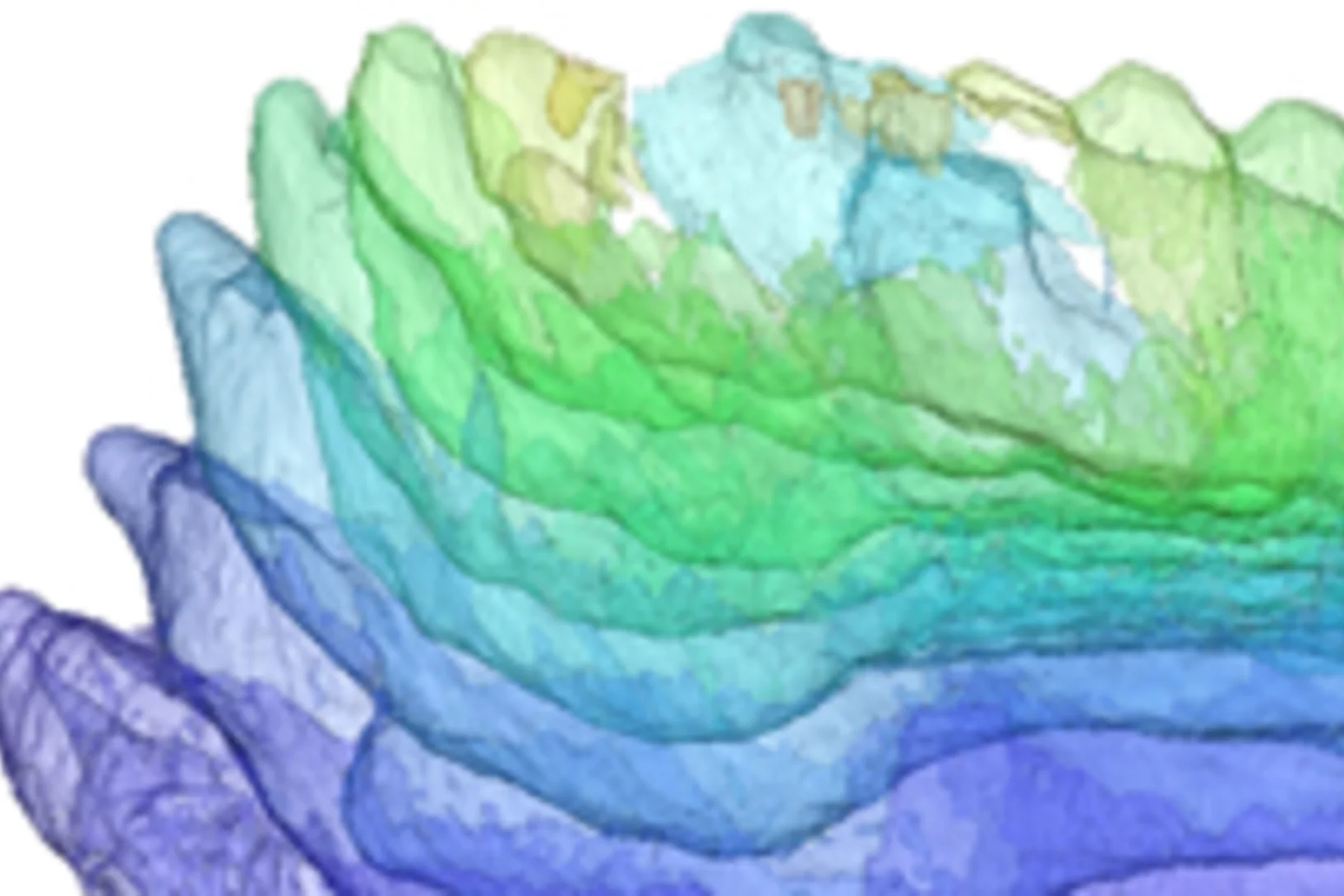
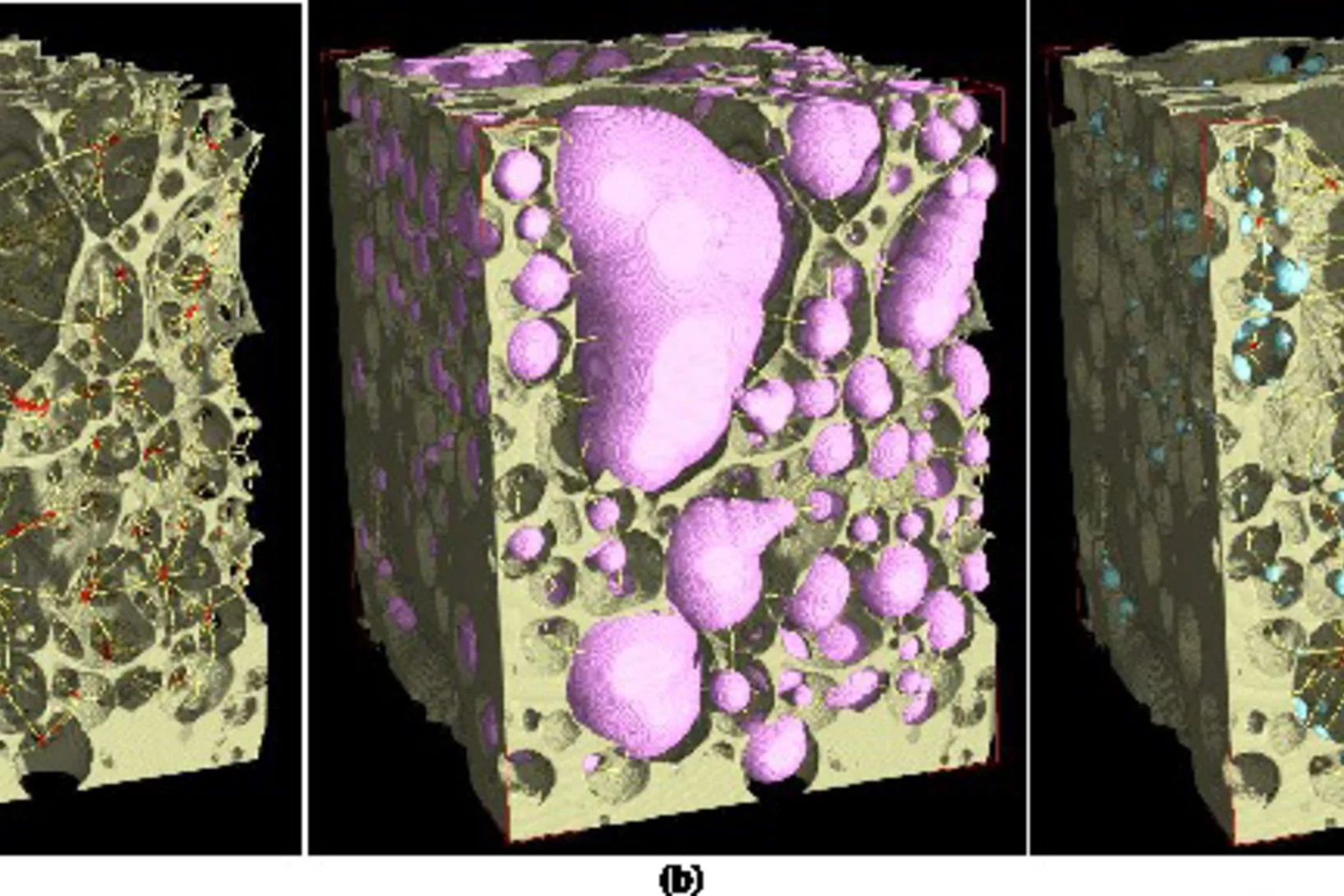
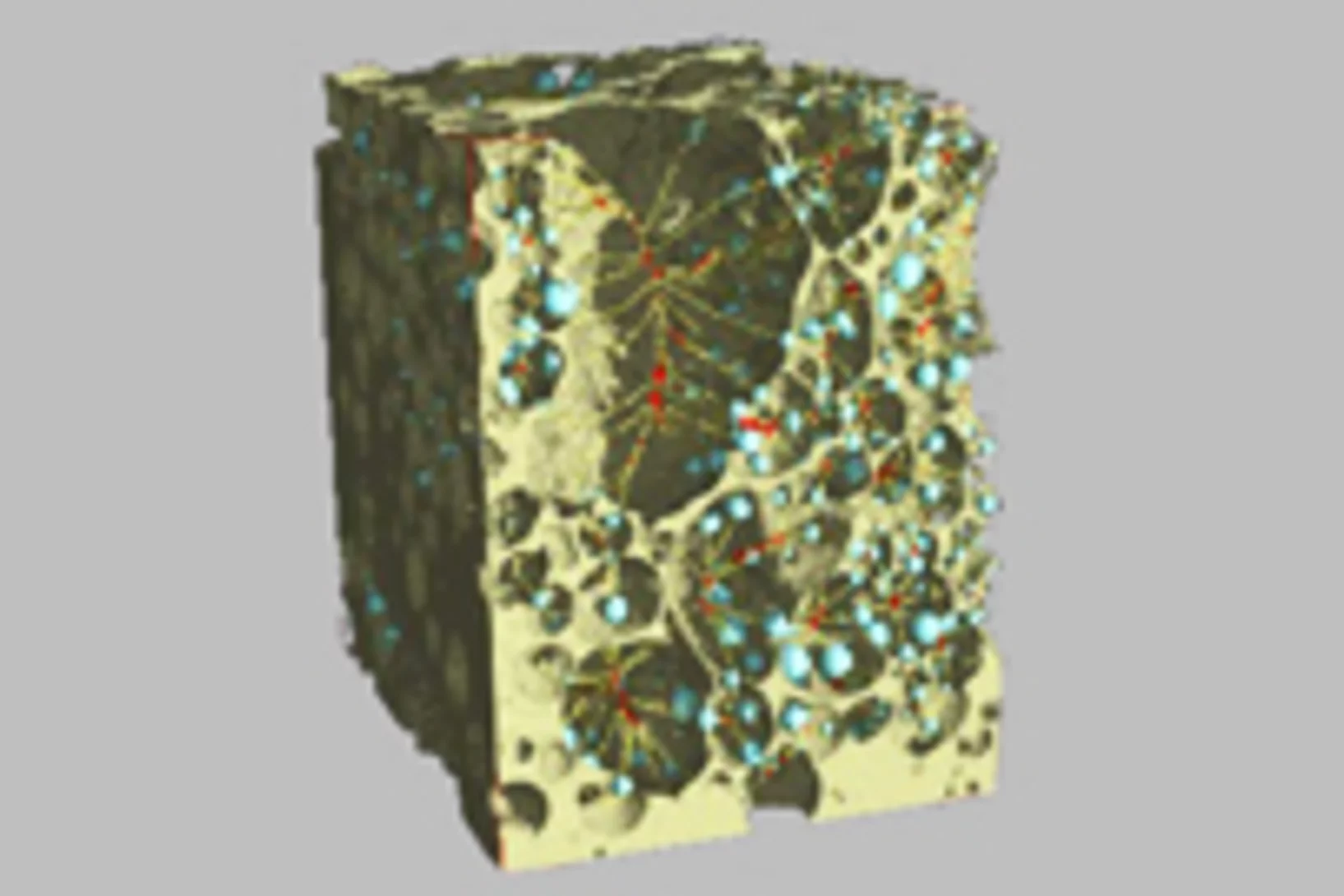
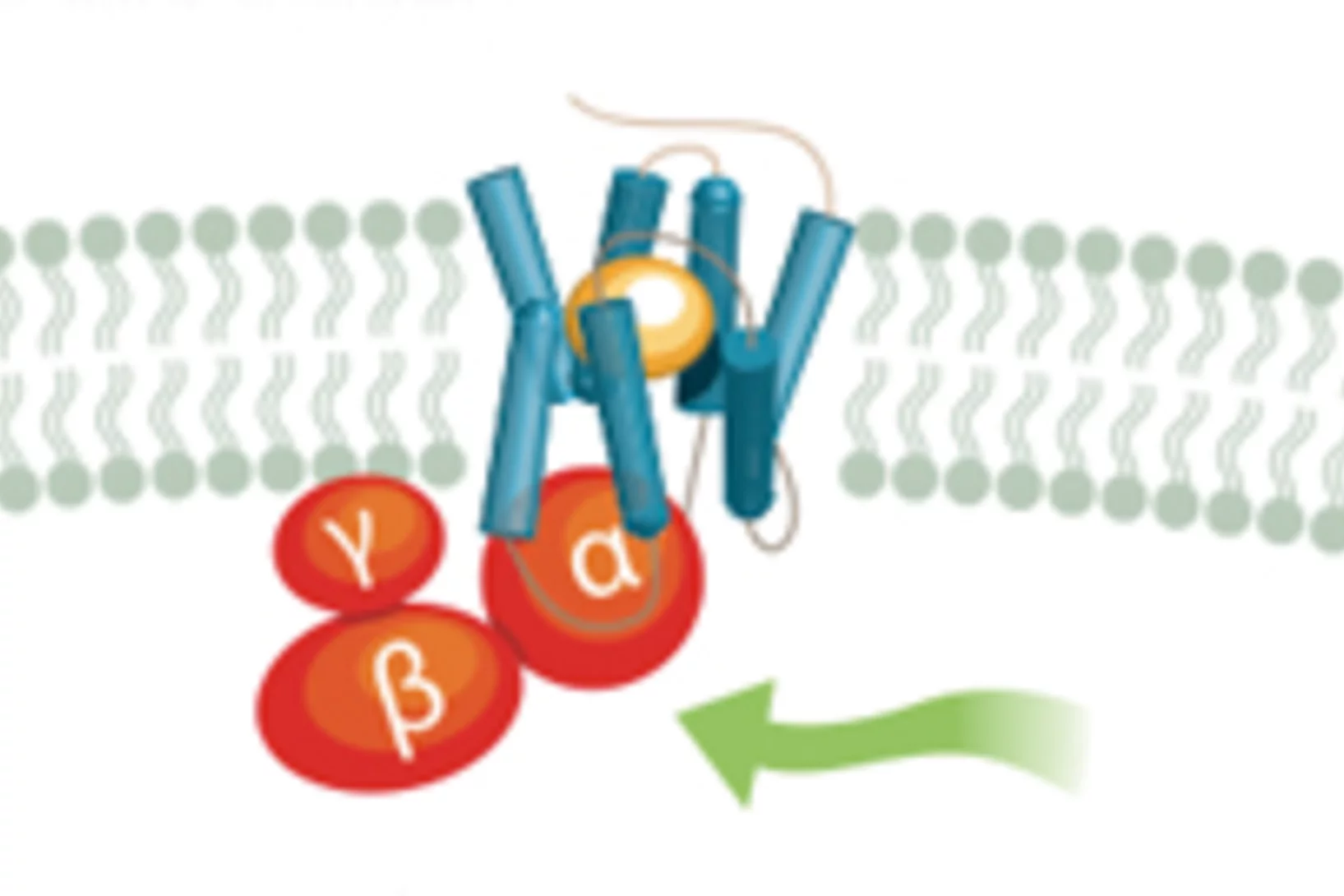
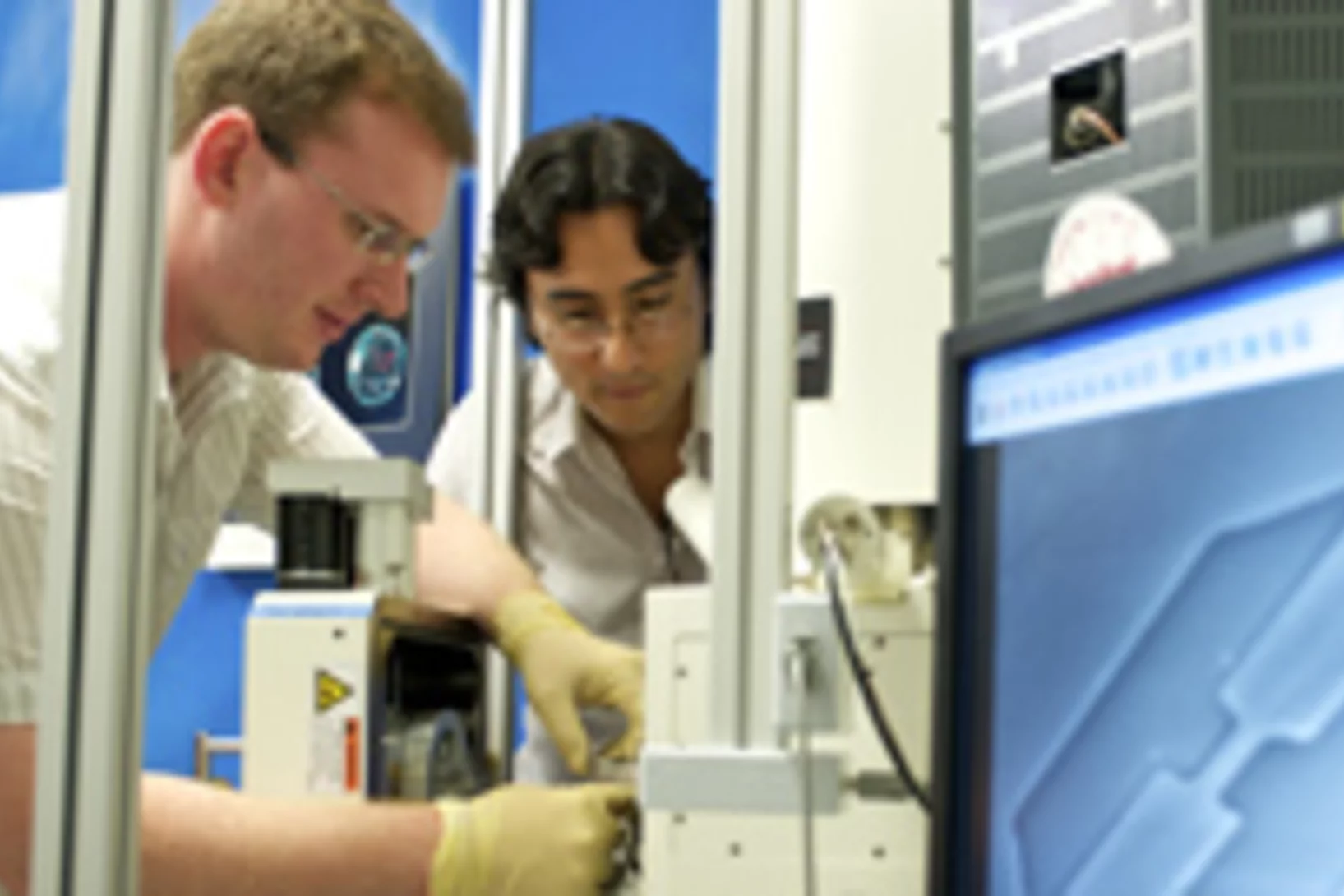
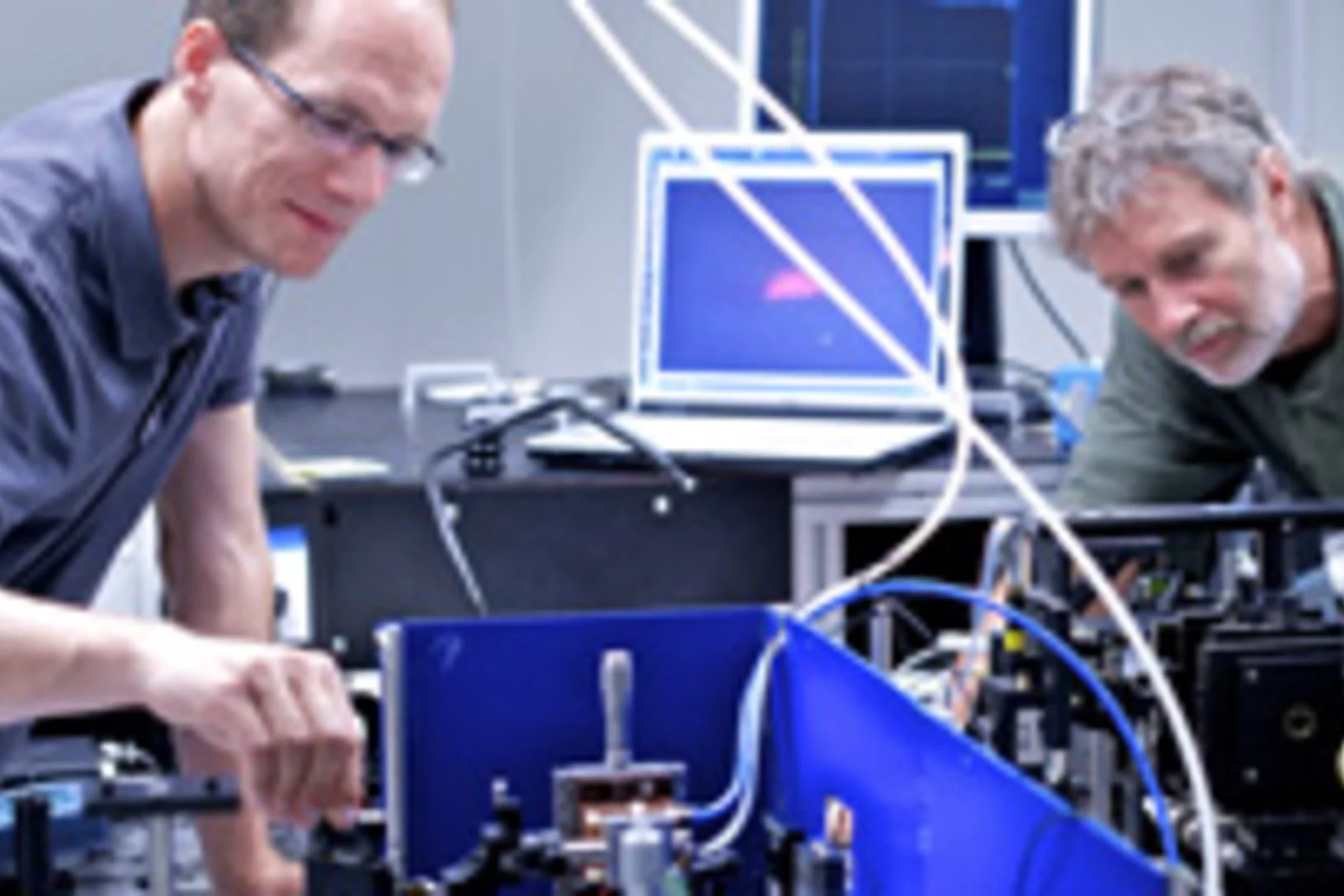

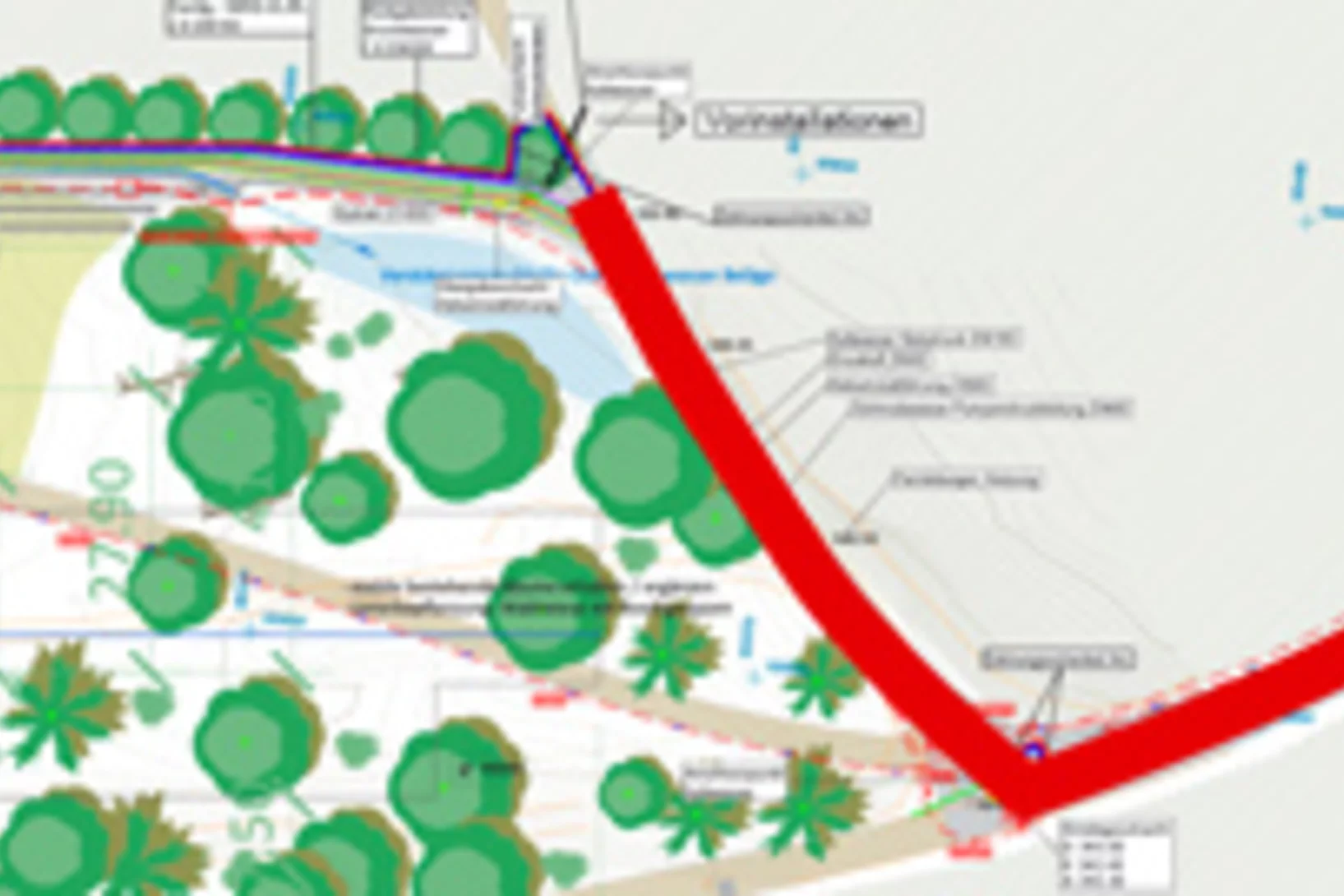
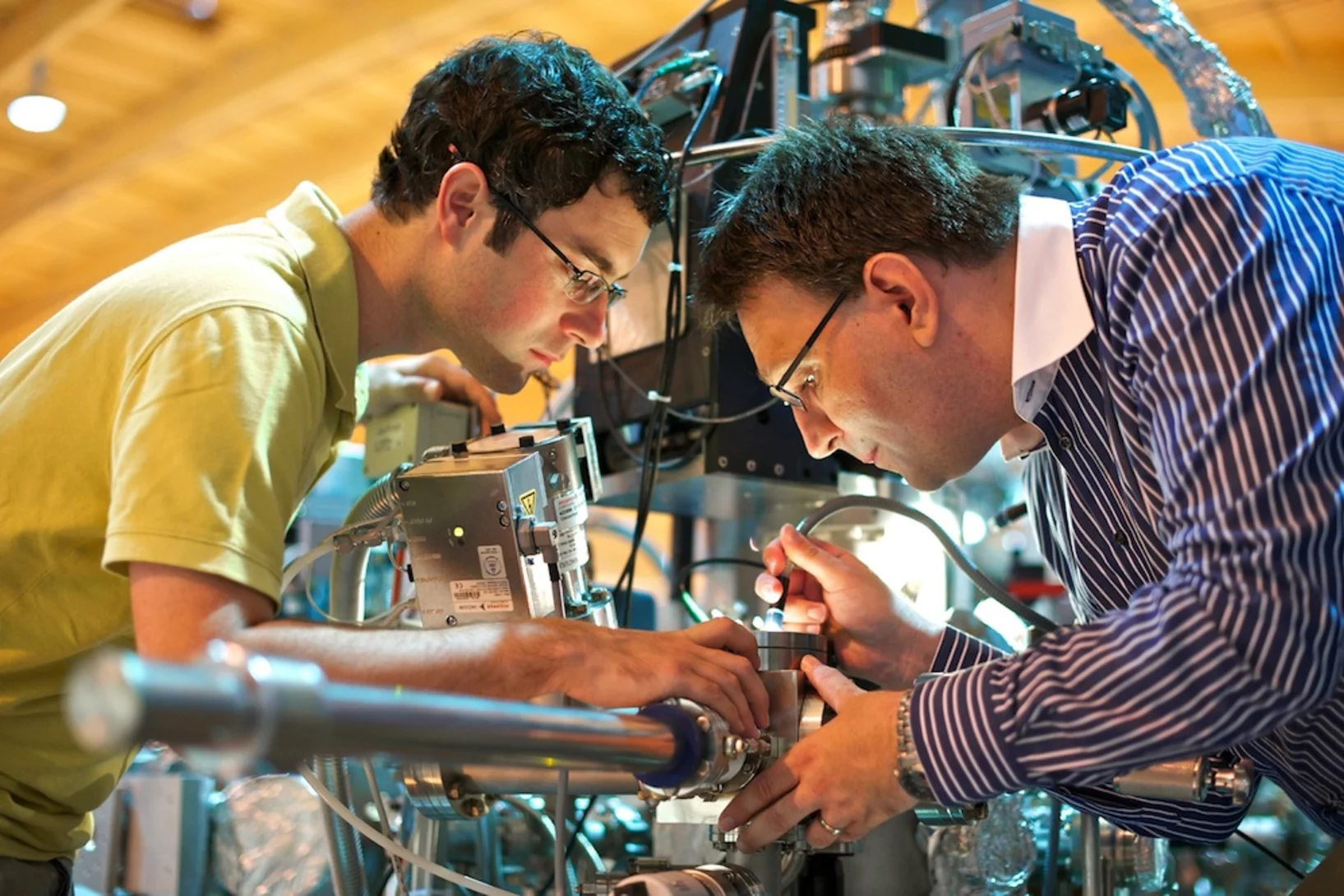
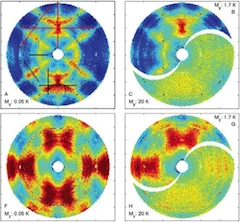
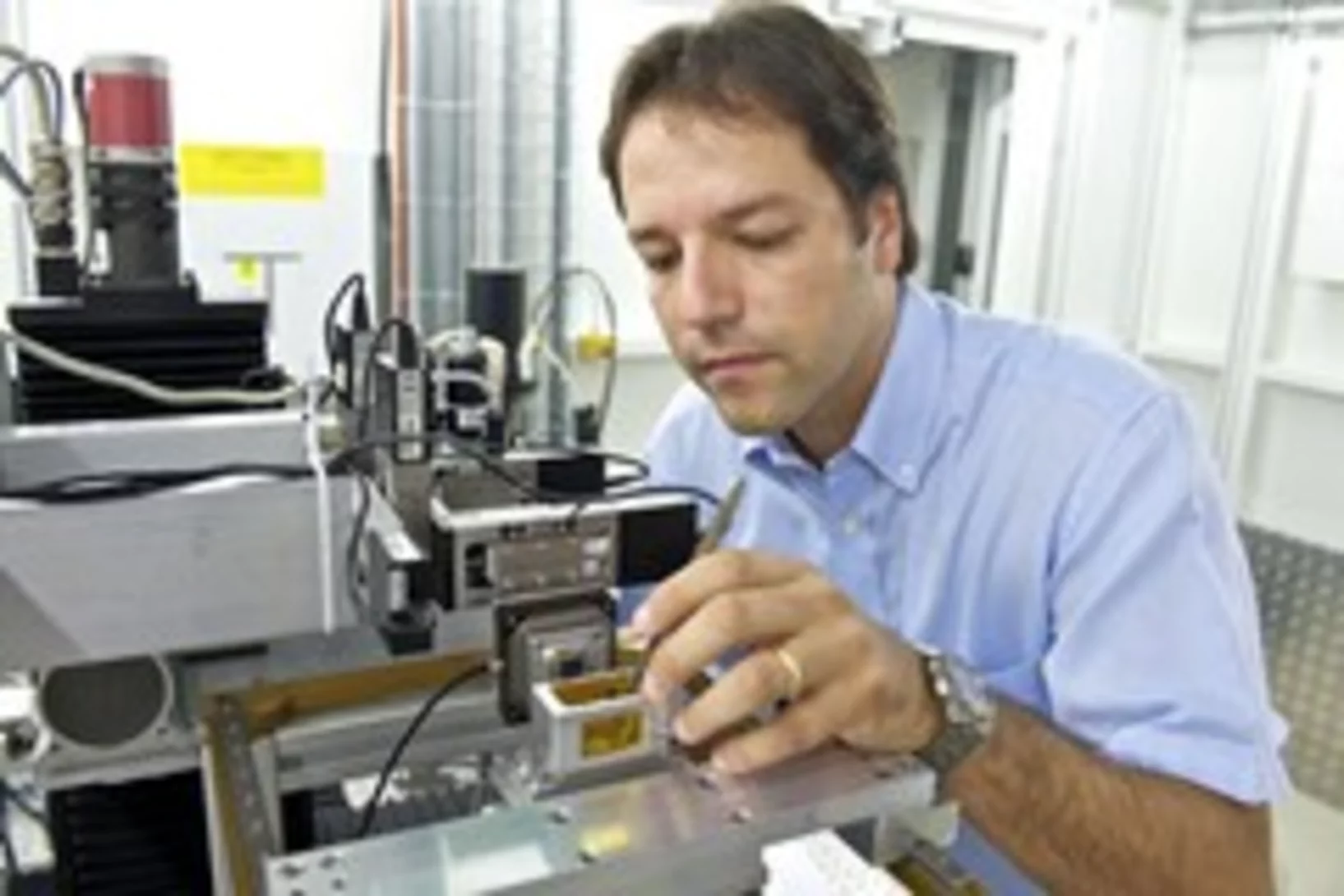
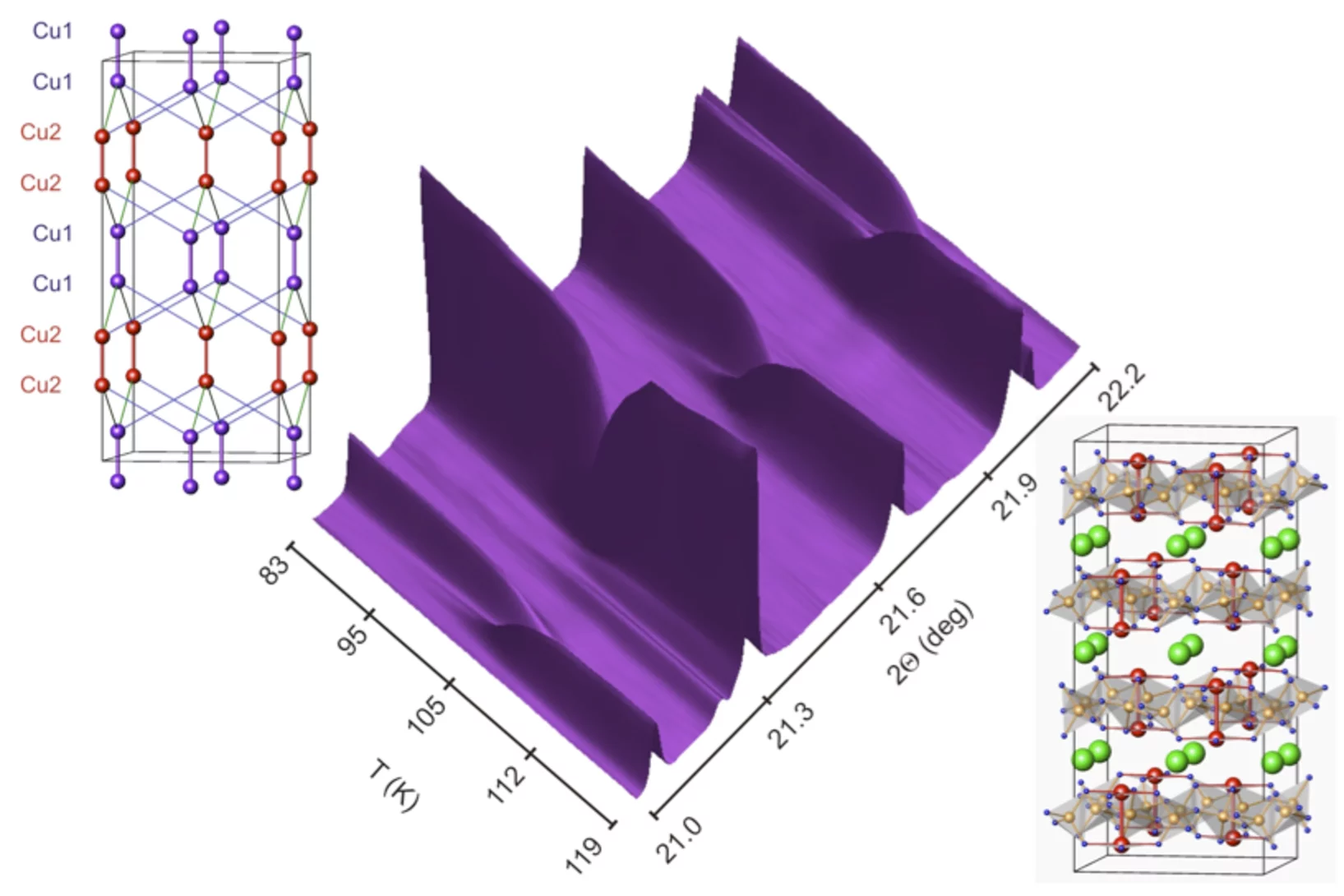

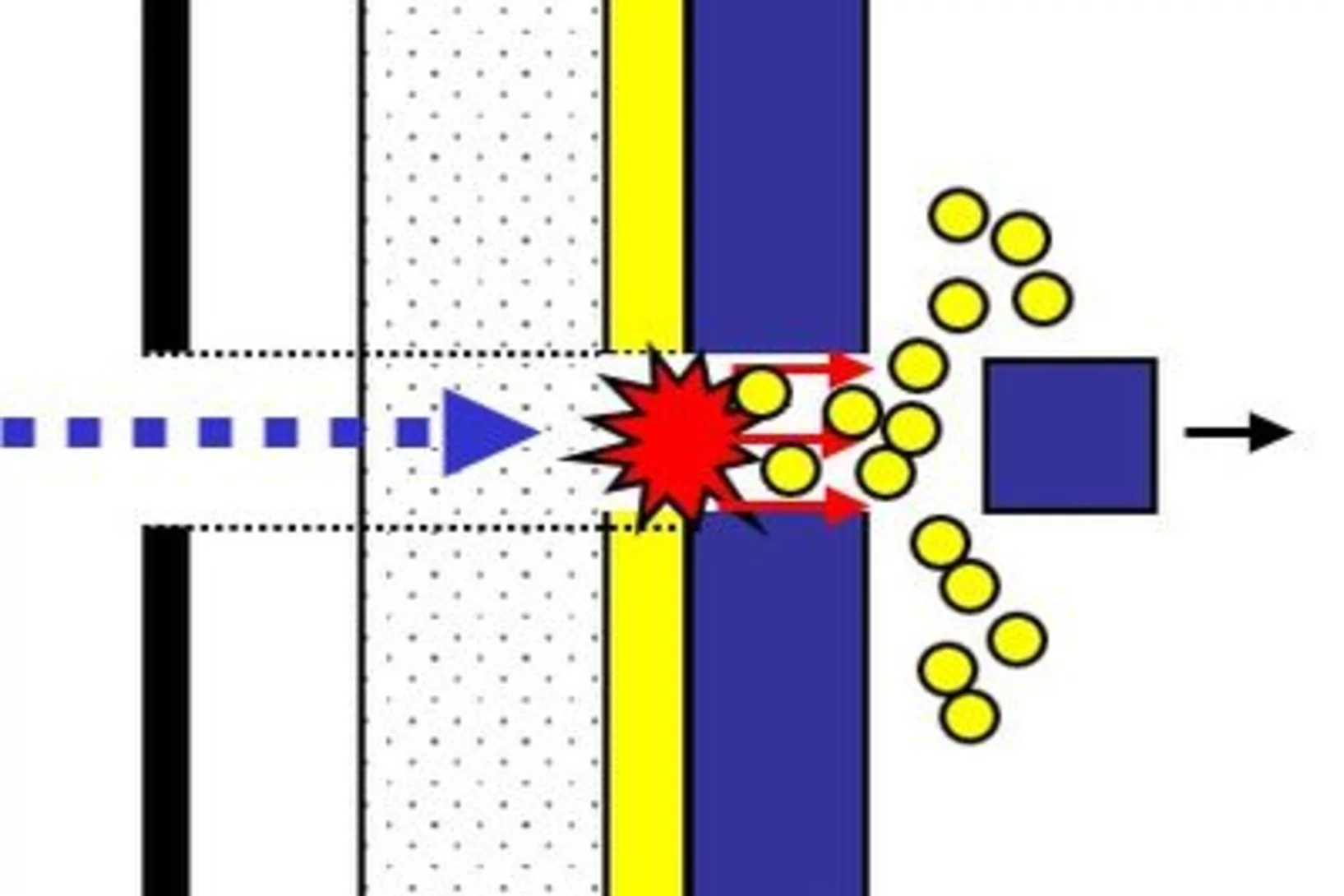
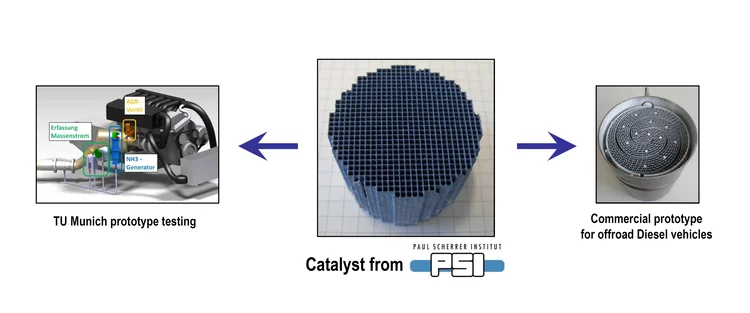
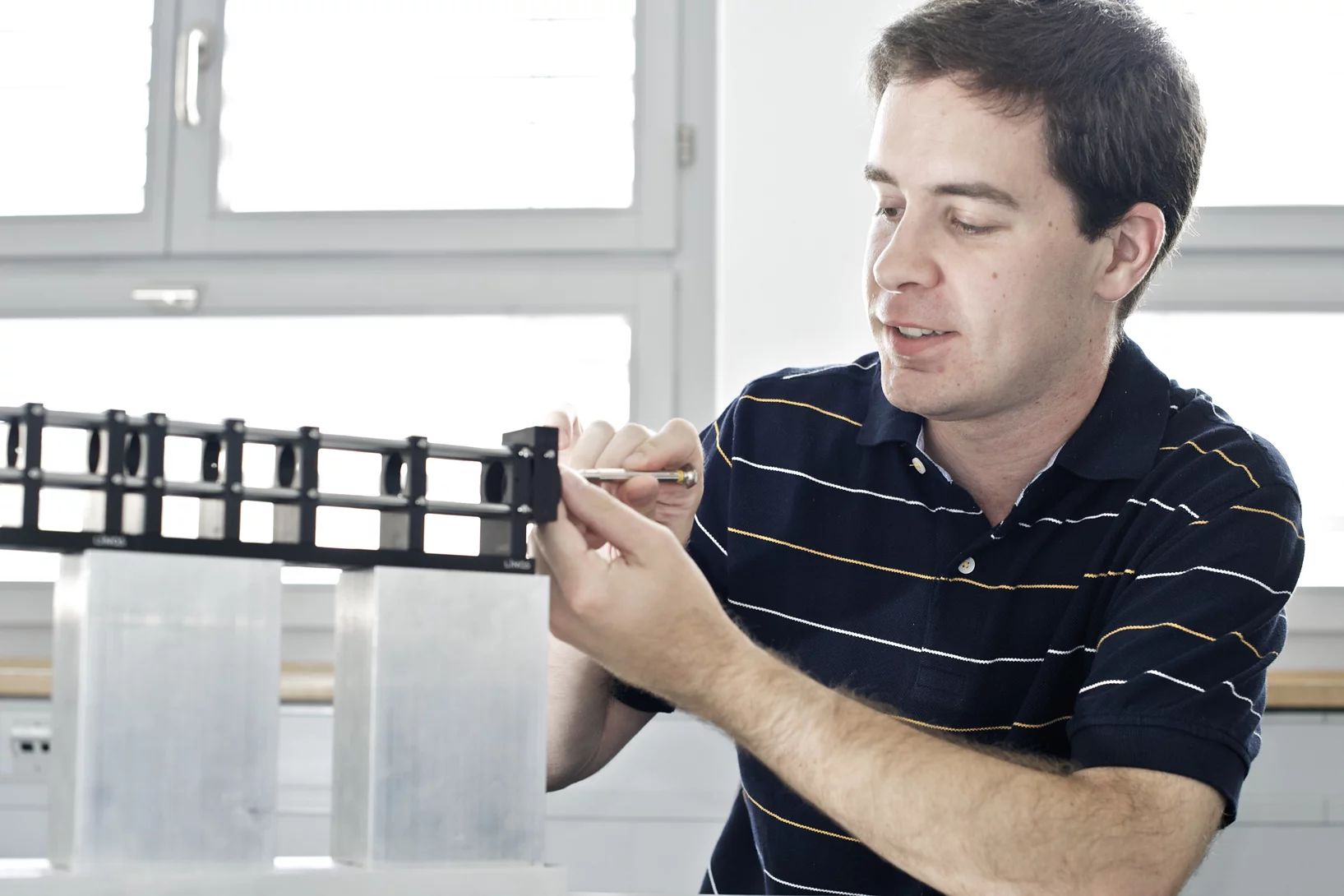
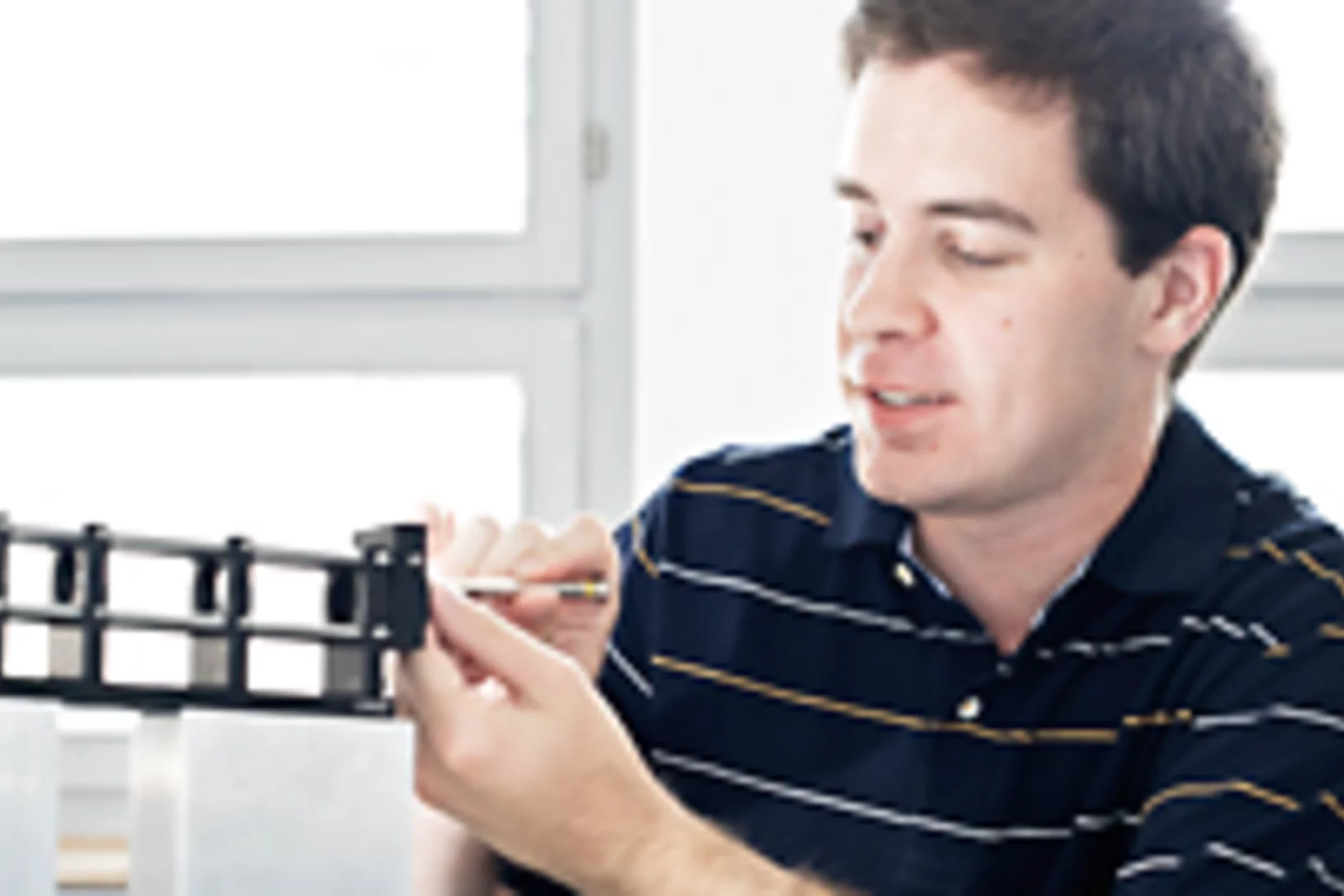
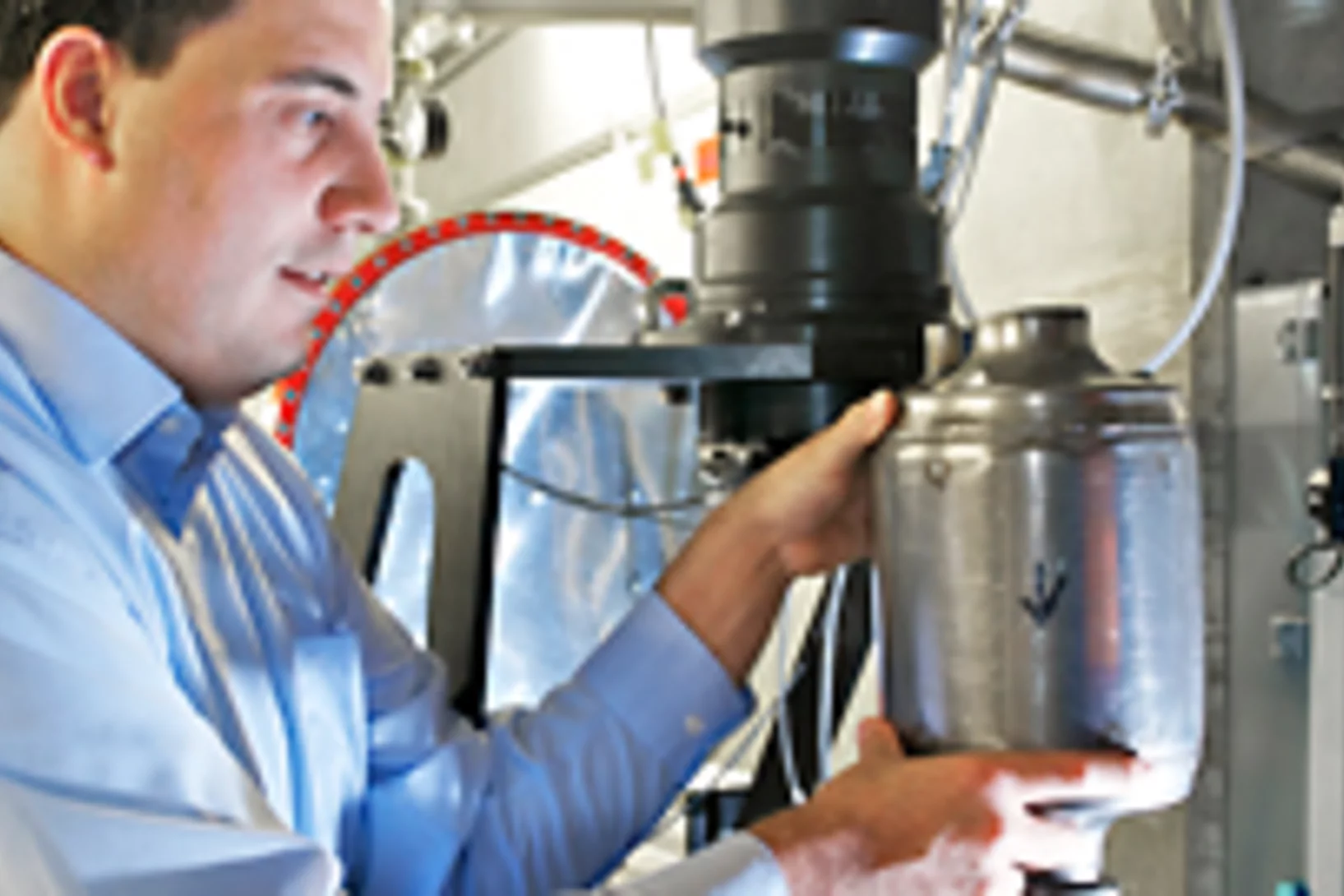
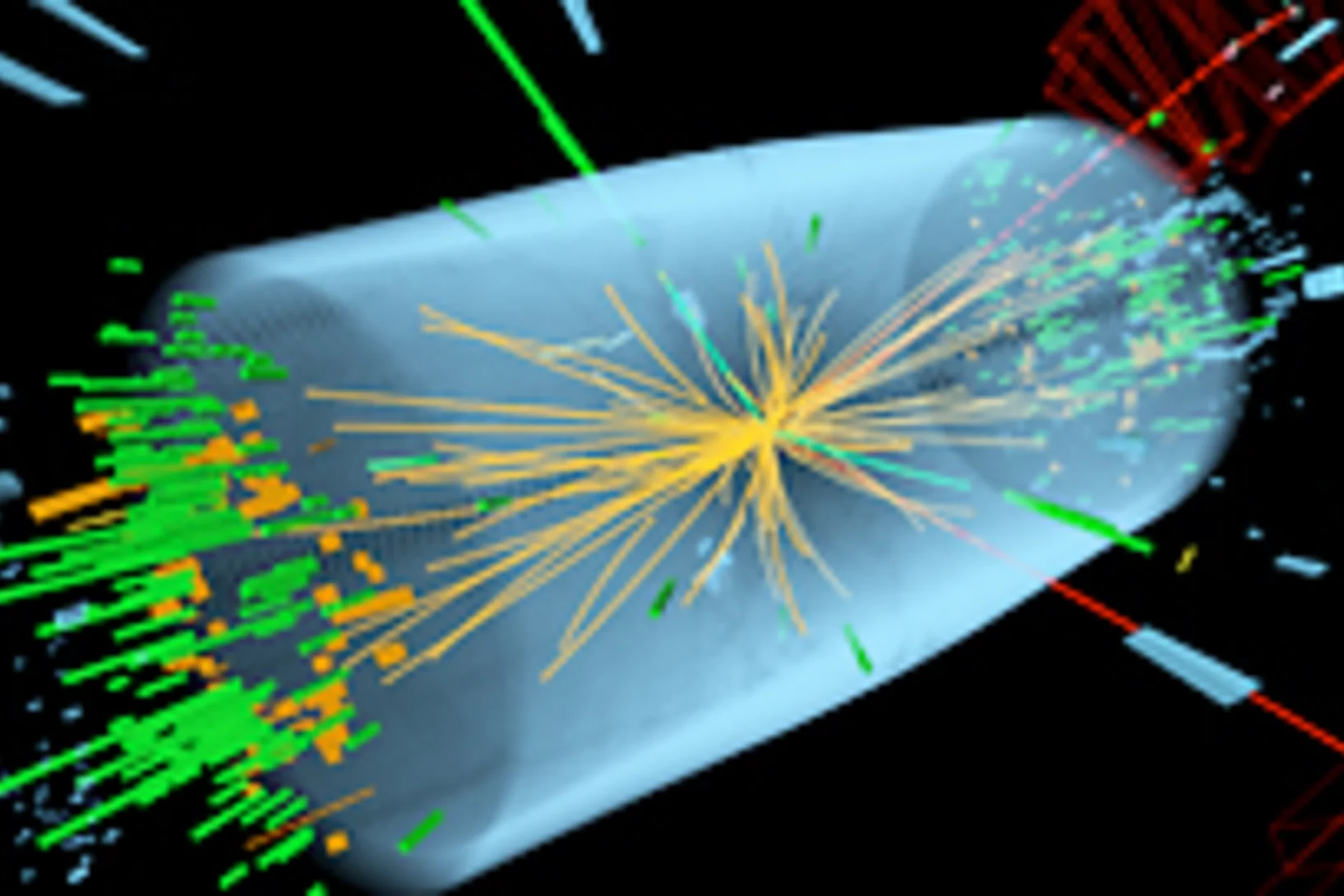
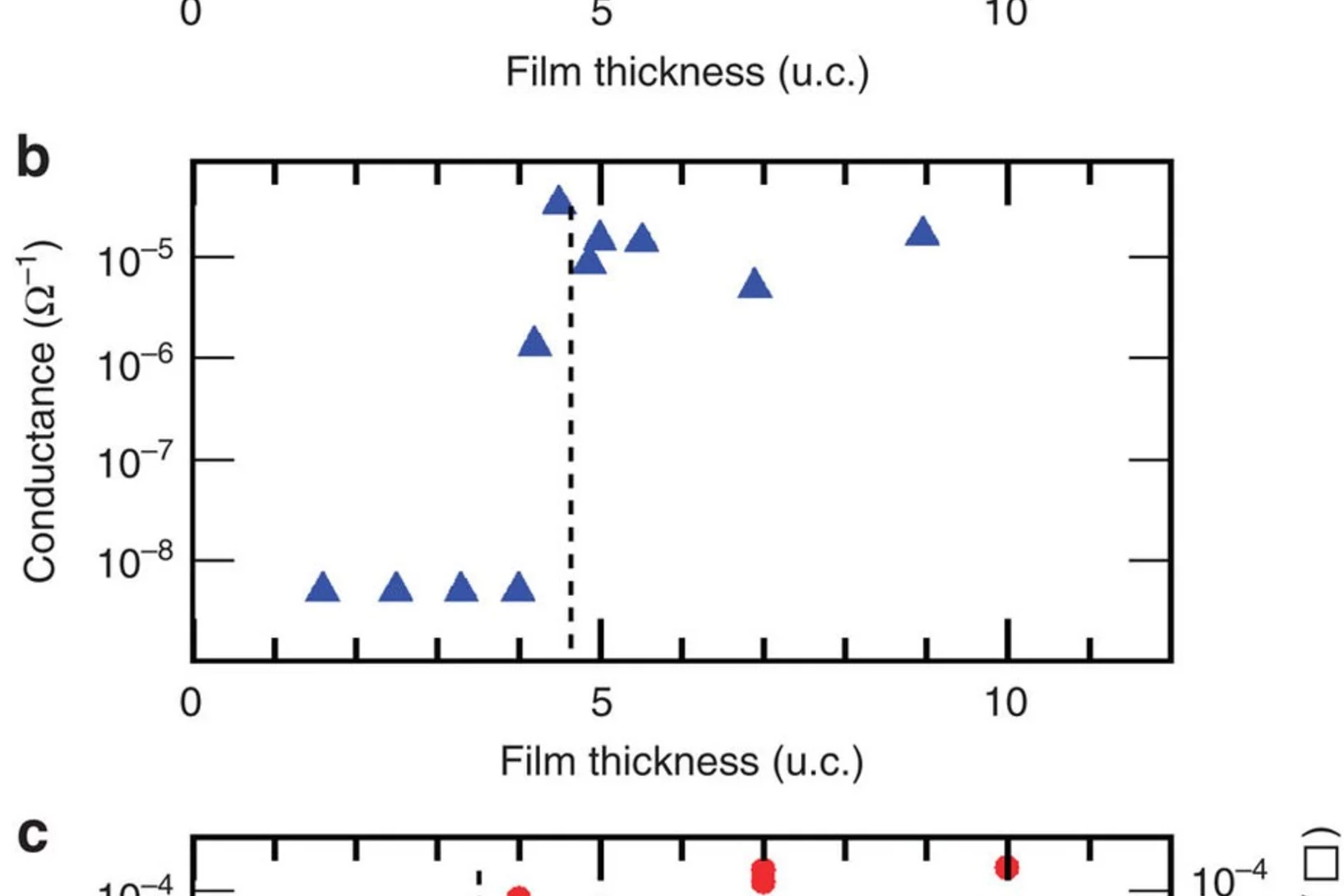


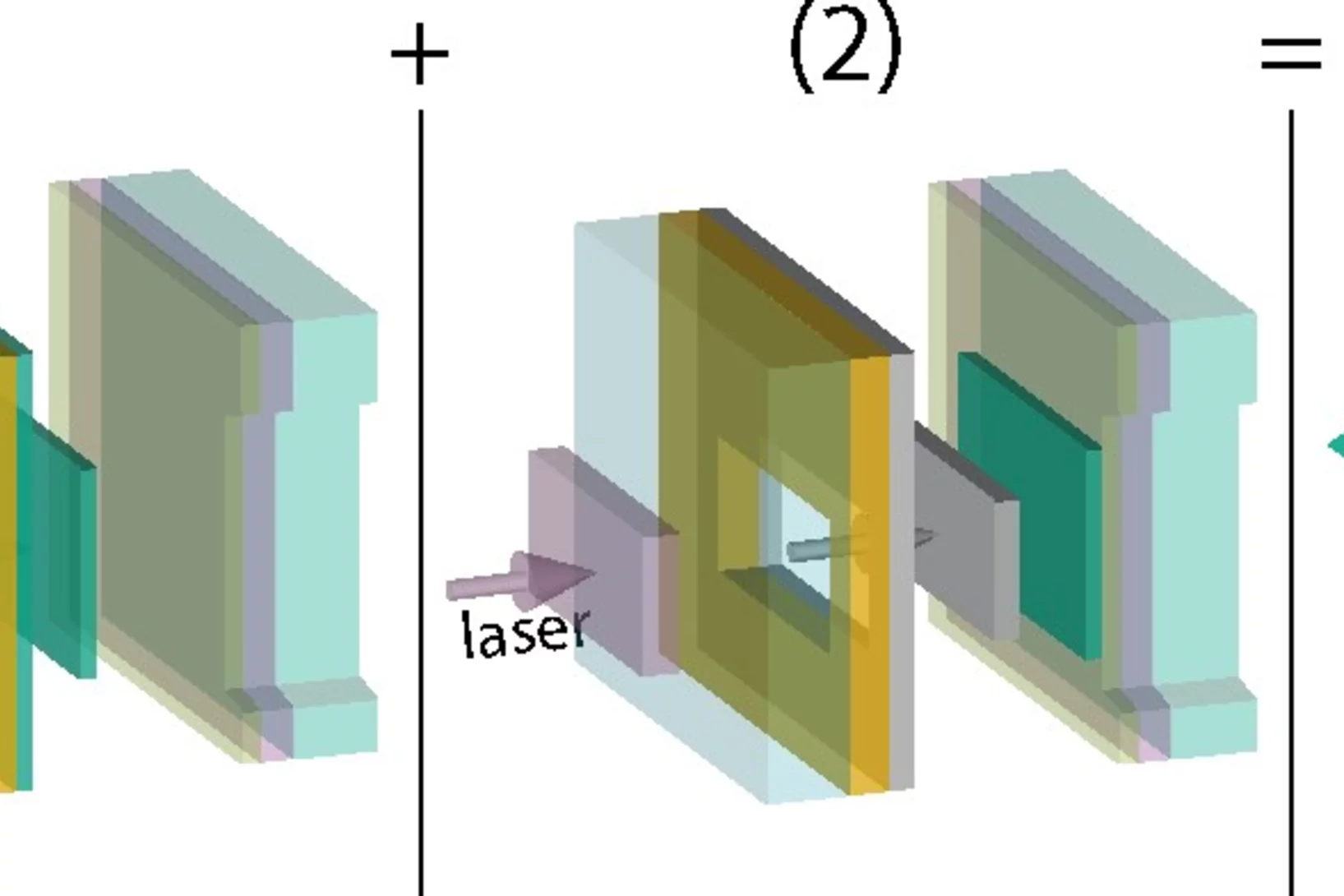
![(a) Mn K-edge XANES spectra of the ∼60 nm o-LMO epitaxial film were measured at room temperature for polarizations E || [110] and E || [001]. The inset shows the magnified pre-edge features. (b) FEFF simulations using the crystallographic data of the bulk o-LMO sample for E || [110] and E || [001]. The simulated pre-edges are shown on a larger scale in the inset.](/sites/default/files/styles/teaser_grid_3_2_crop_xl/public/import/lmx-interfaces/ScientificHighlights2012EN/YI_APL_2012.jpg.webp?itok=EjikdtFC)
